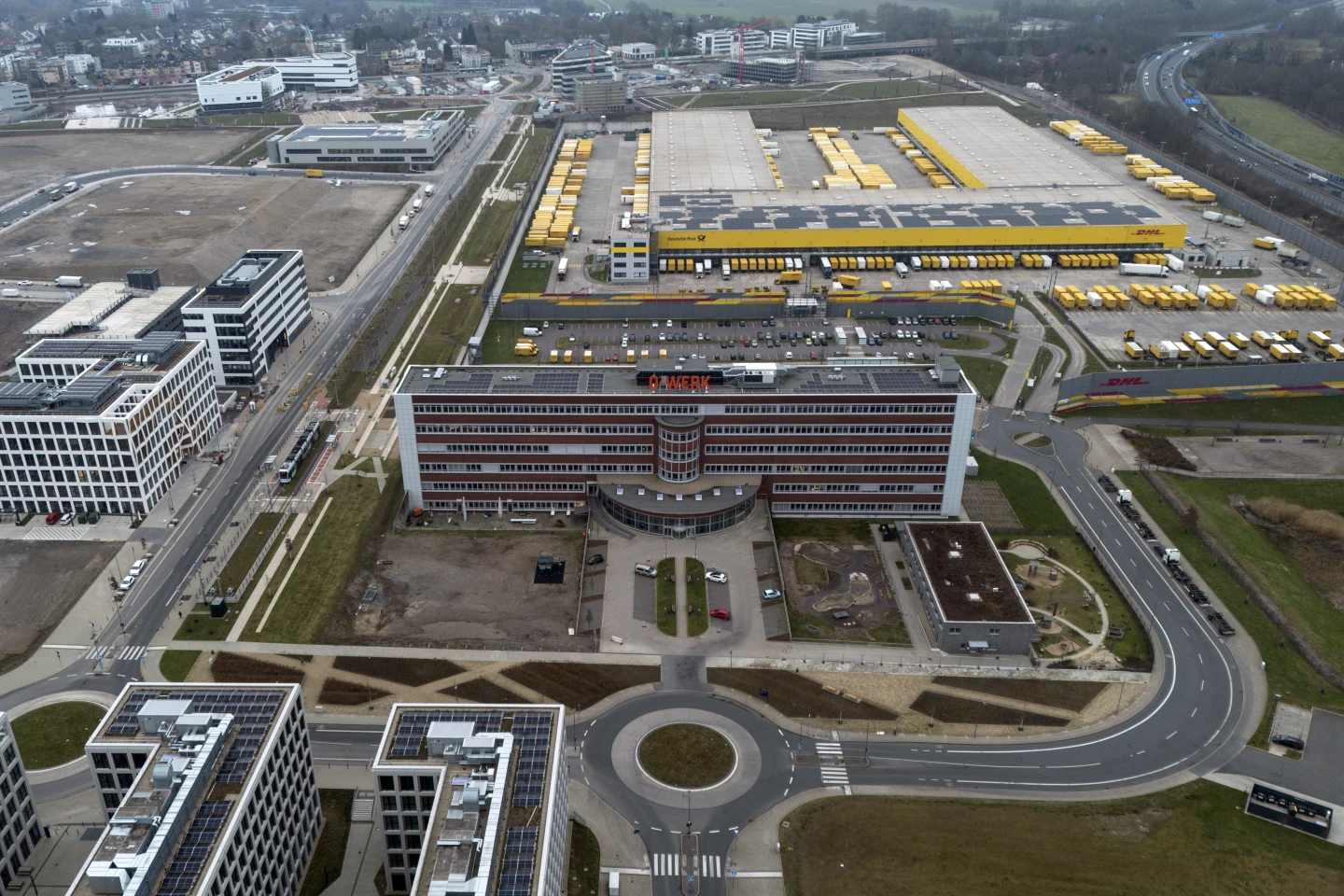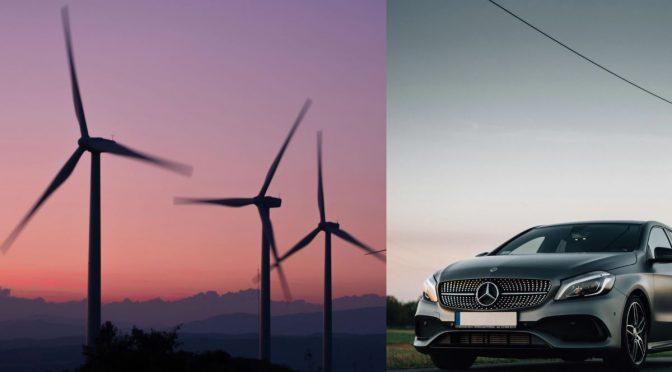Once a powerhouse of European growth, Germany is grappling with a prolonged period of economic stagnation, having seen little significant expansion in the past five years, The Associated Press reports.
This marks a dramatic shift for Europe’s largest economy, previously renowned for its export prowess and global dominance in engineering and manufacturing.
Multiple factors contribute to this downturn, threatening Germany’s long-held economic stability.
Energy Crisis
Russia’s decision to halt natural gas supplies amidst the Ukraine conflict has severely impacted Germany. For years, Germany relied on inexpensive Russian gas to power its energy-intensive industries. Former Chancellor Angela Merkel’s 2011 decision to accelerate the phasing out of nuclear power while depending on Russian gas to bridge the gap proved disastrous when Moscow cut off the flow.
Gas and electricity prices surged, impacting key industries like steel, fertilizer, chemicals, and glass. While Germany has turned to more expensive liquefied natural gas (LNG) from Qatar and the US, its industrial electricity costs remain significantly higher (20.3 euro cents per kilowatt hour) compared to competitors in the US and China (8.4 euro cents).
The transition to renewable energy sources has also been too slow to fully compensate for the lost gas supplies, hampered by homeowner resistance and infrastructure delays.
China’s Transformation from Customer to Competitor
Germany initially benefitted greatly from China’s entry into the global economy, finding a massive market for its industrial machinery, chemicals, and vehicles. However, Chinese manufacturers have now become direct competitors in sectors previously dominated by German companies.
State-subsidized Chinese solar panels decimated the German solar industry, and Beijing is actively promoting and subsidizing manufacturing for export in areas like steel, machinery, electric vehicles, and EV batteries, directly challenging German exports. The automotive sector, central to the German economy, has been particularly hard hit.
China has gone from a net importer of vehicles in 2020 to exporting 5 million vehicles a year by 2024, while Germany’s net exports have fallen by half to 1.2 million cars.
Underinvestment in Infrastructure
Complacency during periods of strong growth led to underinvestment in vital long-term projects like rail lines and high-speed internet. While the government maintained a balanced budget, critical infrastructure suffered. German commuters now face frequent train delays and service disruptions due to aging rail lines.
High-speed internet remains unavailable in some rural areas. A crucial electricity transmission line from northern Germany to the south is years behind schedule. A key bridge connecting the industrial Ruhr region with southern Germany was closed in 2021 due to structural issues, and a replacement won’t be ready until 2027.
Shortage of Skilled Workers
German companies struggle to find workers with the necessary skills, ranging from IT professionals to daycare providers. A German Chamber of Commerce and Industry survey revealed that 43% of companies are unable to fill open positions, rising to 58% for larger companies.
A decline in students pursuing STEM fields, an aging population, and a lack of affordable childcare contribute to the problem. While recent legislation aims to ease immigration for skilled workers, bureaucratic hurdles continue to pose challenges.
Excessive Bureaucracy
German companies and economists cite lengthy approval procedures and excessive paperwork as significant drags on the economy. Obtaining construction permits for wind turbines can take years. Companies installing solar panels face redundant registration requirements.
Restaurants must maintain hard copies of refrigerator temperature logs despite digital storage. Regulations requiring companies to verify suppliers’ environmental and labor standards place a heavier burden on German companies compared to their European counterparts.










The latest news in your social feeds
Subscribe to our social media platforms to stay tuned